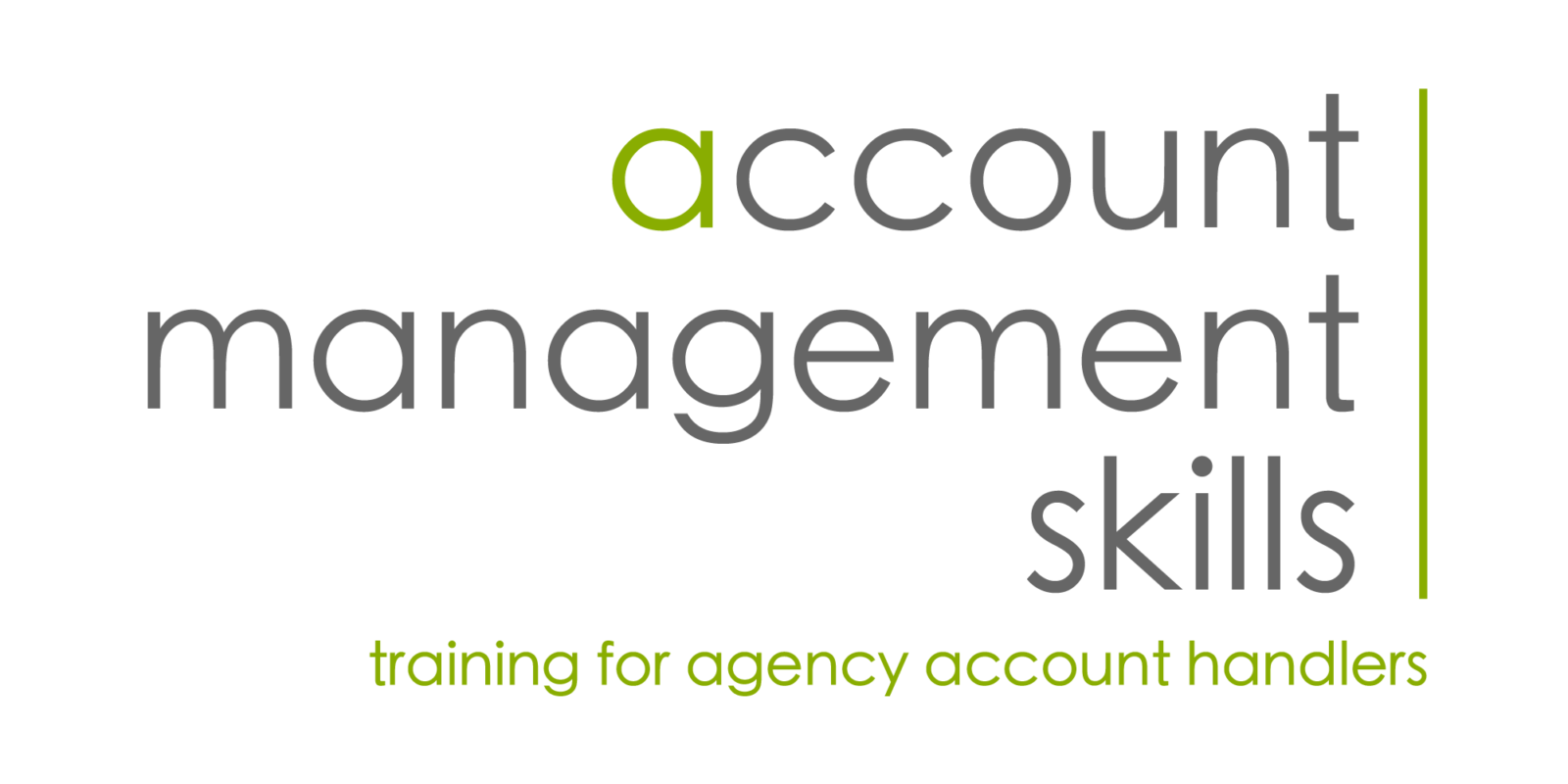
As a good customer service professional you are often in ‘reactive’ rather than ‘pro-active’ mode.
If a client needs something sorted urgently (often the case) and you don’t respond quickly and jump into action it’s inevitably not good for long term relationship building.
Because as we already know, you are the chosen agency and appointed account manager and the client needs to know they can rely and trust you to jump.
All clients want you to walk in their shoes i.e. understand the pressures and challenges they are under. Therefore if you don’t demonstrate empathy for their plight and react accordingly it is very bad for business.
So how do you keep on top of everything? How do you manage the urgent requests but at the same time still get through all the other work you have pending on your desk?
There are strategic prioritisation models you can use in account management. These are categorisation models based on account growth potential and actual value. I’m not going to be covering this here as it’s explained thoroughly in the Account Handler’s Guide to Prioritising Clients and Focussing Time.
I’m going to give you quick and simple techniques that I know work for many account managers and that you can implement straight away:
1. Agree with the client how and when you will communicate
Before you get stuck into a project, ask your client how they would like you to keep in touch regarding progress and how you should get in contact should you need to for an urgent reason.
By asking up front you are able to foresee any potential issues e.g. the client likes to work early in the morning and call you on the mobile from the car for an update but you don’t tend to get to the office until 9.30am. Immediately there will be a mismatch of schedules.
There is a lot of debate around whether it’s appropriate to call someone regarding a work matter out of office hours. If you work internationally it’s even more important to agree early on how you will keep the lines of communication open.
As long as an agreement is reached before projects commence, all expectations have been managed in advance. Doing this firms up your commitments and allows you to accommodate them.
2. Structure your ‘to do’ list
If you are someone who makes a to do list then you’ll probably have your way of structuring your actions. If it works for you then no need to change. If it doesn’t and you find yourself making notes in the same place you capture actions and then lose your action points, you might want to try a different technique:
Draw a large cross in the middle of an A4 page of a notepad that reaches the edge of the paper so it divides the page into four sections:
-
- Top left section: urgent actions that cannot delay more than 12 hours
- Top right: important actions that aren’t urgent but need to be done as strategically they will make the biggest impact. Examples include recruitment, financial reporting, updating your strategic account review
. You should have set deadlines for all these tasks.
-
- Bottom left: Things that need to be done in the next 24 hours
- Bottom right: Things that are not urgent but need to be tackled at some point in the next week (can you delegate any of these tasks to someone?)
As each point is actioned and completed cross it off the list. If it has been actioned but you’re expecting a response from someone, write ‘awaiting xx’ and put that person’s initials in there.
Aim to have your to do list completed by the end of the day in preparation for the following day. This way you are giving yourself some time to spot any anomalie before tomorrow’s new challenges throw themselves at you as soon as you walk into the office.
Go through the list and prioritise the actions in each box with a number from 1 to 4, 1 being the most important to achieve.
Each day, rather than writing out the whole list simply move any actions from one box to the other until it’s looking messy – and then you can start again! Choosing A4 gives you more space.
Don’t mix up your meeting/general notes with your to-do list. Start your to-do list at one end of the note book and your general notes at the other side of your book.
3. Don’t look at your emails constantly through the day
The temptation is to keep email open all day and respond to each one as soon as it comes in. Worse, if you have instant messaging activated on your computer or laptop you can be interrupted at any time with a little pop-up box.
To maximise your efficiency by ensuring you have solid concentration time – time to get through your to-do list – try only looking at your emails three or maximum four times a day at set times. Maybe first thing in the morning, once just before lunch, then early afternoon and again an hour before you go home.
When you check emails decide where each of the new emails ‘sit’ in your to-do list structure (as above) and create four folders that mirror your to-do list; urgent, not urgent but important (with deadline), things to be done in next 24 hours and ongoing unimportant (within the next week).
4. Record a personalised message every day
As your clients will need to be able to get hold of you if they need to, the best thing to manage expectation regarding your availability is to leave a voicemail message every day on your landline informing people when you are available to speak and to leave a message so that you’ll pick it up when you’re free (be specific with times). Always finish by giving instruction for an alternative method of contacting you in case of an urgent enquiry.
An example of being specific: “Hi, you’ve reached XXX. I’m out of the office today and will be in meetings between 9 and 12 and 3.30 and 4.30pm. Please leave a message so that I can come back to you between meetings. Alternatively, if the matter is urgent, please text me on my mobile xxxxxxxxx and I’ll respond to you as soon as possible. Many thanks”
5. Schedule to-dos in your online diary
Use your email calendar to schedule in ‘meetings’ where you will work on the elements of your to-do list. If necessary, go into a quiet area or meeting room where you can focus 100% on the tasks you need to get through.
6. Qualify interruptions and assign a specific time to talk
It’s very difficult for you to focus on getting through your actions if you are being constantly interrupted. If this is the case, have a conversation up-front to qualify the interruption; is it urgent? Can it wait until you’re free to chat? (i.e. between the times that you’ve scheduled to work on your to-do list).
If the matter can wait, agree with that person when you’ll schedule a specific time to sit down together and discuss thoroughly. Schedule it into both your diaries as a meeting.
7. Think about time strategically
When you’re away from the office, try to think about what you could improve in the way you manage your workload to make you more efficient. Are there any agency systems or processes that are due for an upgrade? Could you suggest something to increase the overall agency’s efficiency? How could you analyse what you do in terms of Pareto’s law, the 80:20 rule i.e. which 20% of what you’re doing is driving 80% of the positive result. Is there anything you could delegate?
What other ways do you use to ensure your time is spent wisely? Any idea how you can be more strategic with your use of time?


You said that people need to communicate when doing a project. If I was going to get something built I would want to know that it is being done correctly. Maybe I should ask a professional about different services that they provide so that I know that everything is being done correctly.